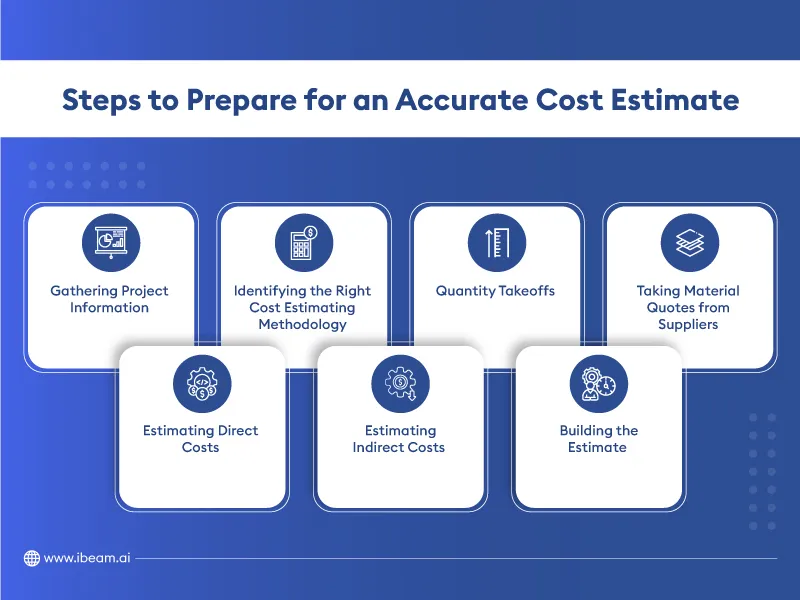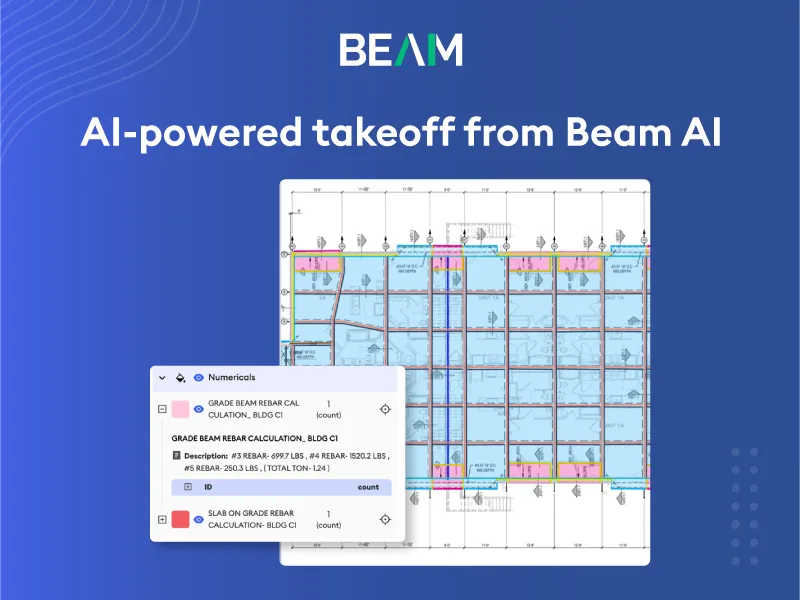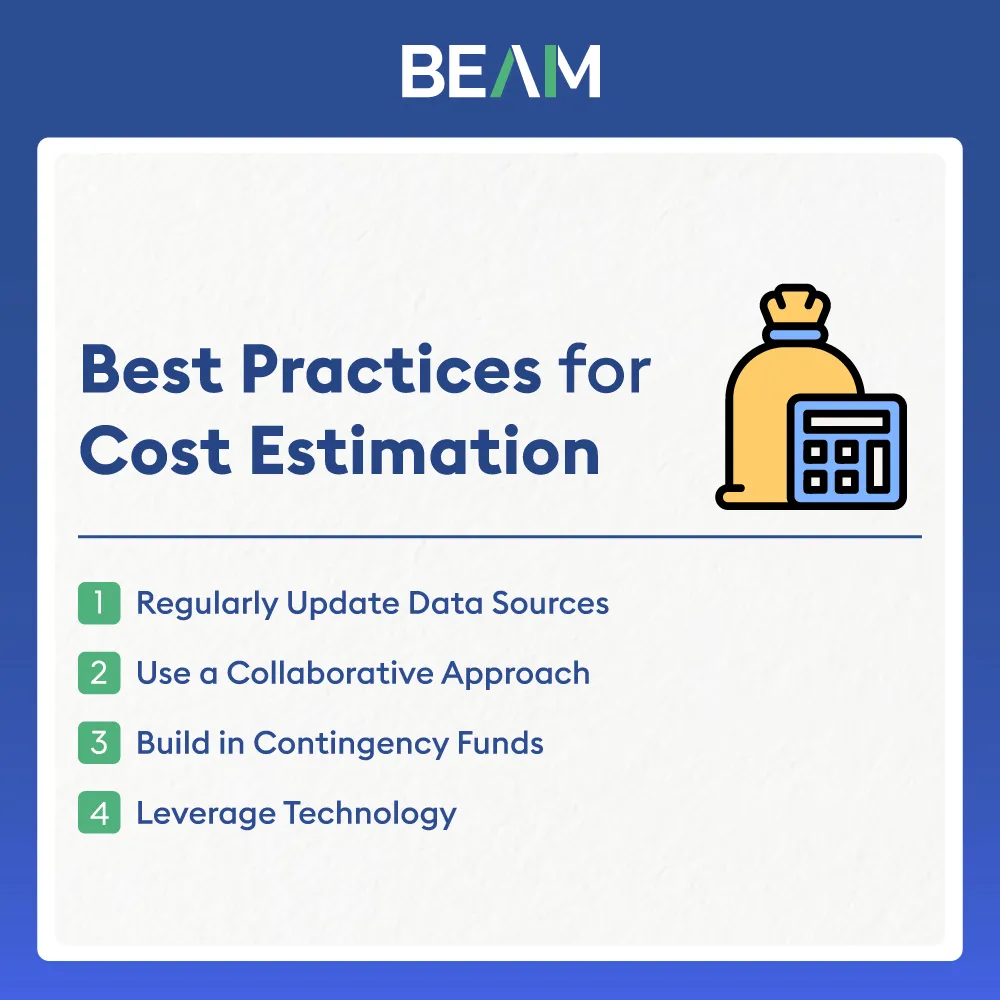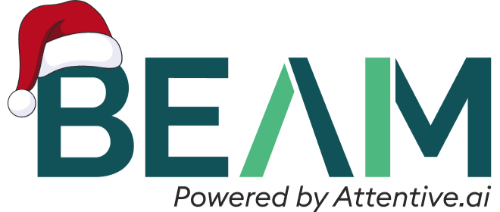Winning a construction project isn’t just about submitting the lowest bid. Clients want confidence that their project will be submitted on time, within budget, and with no surprises. This is where understanding construction cost estimation becomes critical.
Estimation is not just about putting numbers on a page. When your calculations are accurate, you build client trust, protect your margins and and set your team up for success.
If done right, construction cost estimation helps with accurately estimating project costs, budget forecasting, risk planning, and resource allocation. All the essentials for a profitable project.
In this guide, we’ll walk you through a step-by-step approach to mastering construction cost estimation. We’ll explore advanced tools, methodologies, and best practices to help you build reliable and precise estimates. Whether you’re aiming to improve your bid quality or streamline your estimating process, these insights will ensure your estimates are accurate, detailed, and ultimately lead to project success.
Why cost estimation matters in construction
Accurate construction cost estimates give project managers the confidence to plan—whether it’s lining up the right crews, securing materials, or avoiding costly overruns. With the right numbers, you make decisions that keep the project moving and profitable.
Let’s take a closer look at how accurate construction cost estimates can influence key areas of a project:
1. Stay on Budget
An accurate construction cost estimate sets the financial game plan, keeping each phase of the project within its defined budget. It helps project managers avoid overspending and maintain control over project costs.
2. Assesses Project Viability
Property owners and developers use estimates to determine if a project is financially feasible and worth pursuing before committing to construction.
3. Facilitates Scheduling
By mapping out costs for different tasks, estimates help in creating realistic timelines, coordinating labor needs, and scheduling material deliveries.
4. Manages Financial Risks:
Estimates include contingency amounts to cover unforeseen challenges, such as unexpected material price changes or weather delays, helping teams stay within budget.
5. Allocate Resources Wisely
Cost estimates ensure that the right amount of labor, materials, and equipment is available at the right time.
6. Reduce Risks
Construction projects come with uncertainties: price hikes, weather delays, and site challenges. Good estimates flag potential risks early, letting you set aside contingency funds.
7. Submit Competitive Bids
For contractors, construction cost estimation is critical to securing new business. An accurate estimate allows contractors to prepare competitive bids that are both profitable and appealing to clients.
Bid too high and you lose the project. Bid too low and you lose profit. Smart construction cost estimation helps you strike the right balance and win more jobs.
8. Ensures Profitability
Accurate cost estimates are essential for contractors to submit profitable bids, covering all expenses and maintaining a healthy profit margin.
9. Secures New Business
Competitive and realistic bids, built on accurate estimates, increase a contractor's chances of winning projects.
10. Prevents Cost Overruns
By serving as a baseline for tracking expenses, estimates help monitor progress and prevent budget overruns, leading to successful project completion.
Steps to build accurate construction cost estimates
The cost estimating process is a step-by-step approach that ensures all components of a project are accounted for, reducing the risk of budget overruns. Below is a comprehensive guide to the process.

Step 1: Gathering Project Information
Every reliable estimate begins with a solid foundation of project data. The more comprehensive the details, the better equipped you are to make accurate predictions and avoid costly miscalculations. Without this, estimates are prone to errors that can derail an entire project. These are the things to consider while gathering project information.
Project Scope and Requirements
Every successful estimate starts with a deep understanding of the project's scope.
What are the end goals? What standards and specifications need to be met? Are there specific design elements that require special attention? By documenting these details, you can create a solid plan for the estimating process.
Architectural and Engineering Drawings
Detailed drawings provide insights into the project layout, dimensions, and design features, helping you anticipate potential construction challenges.
Review Bid Documents
Carefully examine all provided documents, including plans, specifications, and scope descriptions.
Bill of Quantities (BOQ)
The Bill of Quantities or detailed project specifications list out everything: the materials, quantities, and quality standards required for the project. These documents act as the benchmark for pricing out materials and labor.
Site Visit and Assessment
A site visit gives you a real-world perspective on local conditions, identifying any challenges that may impact costs or timelines.
Step 2: Choose the right estimating method
Identifying the correct cost estimating methodology is vital because it defines how precise and reliable your estimate will be. These are the various types of cost estimating methods.
Preliminary Estimate
This estimate is typically used in the early stages of project planning when detailed information is scarce. It provides a rough assessment of project costs, helping stakeholders determine the project's feasibility without diving into the specifics.
Detailed Estimate
When the project moves into more developed stages, the detailed estimate accounts for all aspects, offering a precise breakdown of labor, materials, and equipment for more accurate budgeting.
Parametric Estimate
The parametric estimating method relies on historical data and statistical models to predict costs based on specific parameters, such as cost per square foot or cost per unit. This method is beneficial when detailed project information is limited, but historical data is available.
Unit Cost Estimate
This method provides an accurate breakdown by cost-per-unit, which is especially useful for projects with standardized or repetitive components, like square footage or cubic yards. This method is often used for large-scale projects where consistency in materials and tasks is key.
Step 3: Quantity Takeoffs
Quantity takeoffs make or break your bid. A takeoff provides the total quantities of materials needed for a project. Without a precise understanding of the materials required for a project, it’s nearly impossible to put together a reliable budget.
Traditionally, estimators use on-screen tools to calculate takeoffs by drawing polygons and dragging quantities manually. However, this process can sometimes take days, especially on large and complex projects. The time spent on these repetitive tasks leaves little room for strategic tasks like refining estimates.
That’s where AI steps in. Tools like Beam AI are designed to automate the more tedious and error-prone parts of quantity takeoffs, allowing estimators to focus on higher-value tasks. Instead of manually drawing polygons and counting materials, AI-powered software can scan the project drawings and automatically identify areas, materials, and quantities with precision, giving more time to focus on other impactful tasks.
Read more: Takeoff in construction: The ultimate guide

Step 4: Collect supplier quotes
After completing your quantity takeoff, the next step is locking in accurate material pricing. Here’s what you need to do:
Build Supplier Networks for Strategic Advantage
Always identify suppliers who offer more than just competitive prices. Focus on those who can provide flexibility, faster lead times, or favorable payment terms. Set up agreements for bulk orders across multiple projects to lock in pricing ahead of time, especially in markets where costs fluctuate.
Regularly check in with your suppliers to stay ahead of potential shortages or price hikes, and leverage those relationships for early access to new materials or deals before they hit the open market.
Evaluate Material Alternatives and Total Lifecycle Costs
Instead of simply balancing price and quality, evaluate material alternatives that offer both short-term savings and long-term performance benefits.
Also, consider materials that reduce installation time or maintenance costs—these can often offset higher initial expenses. Collaborate with suppliers to obtain samples and conduct performance tests before making a final decision.
Step 5: Estimating Direct Costs
Direct costs are the expenses directly tied to on-site physical activities. Getting these numbers right is crucial for staying on budget and delivering a successful project. The various direct costs include:
Labor Costs
Labor costs include everything from hours worked, wages, taxes, insurance, and union dues. On top of that, you have to factor in productivity rates. A skilled crew might charge more, but they’ll get the job done faster. On the other hand, a less experienced team could take longer, pushing up your overall costs.
Material Costs
Materials are another major cost driver in construction, but it’s not as simple as tallying up quantities. You need to account for potential waste, storage needs, and price fluctuations due to market demand.
Equipment Costs
Equipment costs include expenses for fuel, regular maintenance, and, in some cases, specialized operators. When estimating equipment costs, consider whether renting or buying is more cost-effective for the project’s duration.
For short-term jobs, renting might make more sense, but for long-term projects, buying could save you money. Do the math based on your project’s duration, and don’t forget to factor in downtime and repair costs.
Step 6: Estimating Indirect Costs
Indirect costs aren’t tied directly to the job site but are just as important to keep the project running smoothly. These include:
General and Administrative (G&A) Costs
These cover office overhead, software, utilities, and salaries for your administrative team. Sure, they’re not visible on-site, but without them, project coordination and communication would grind to a halt.
Project Management Costs
Managing a construction project requires a dedicated team of professionals—project managers, engineers, and schedulers—who oversee everything from timelines to quality control. Their salaries and related expenses must be included in the project budget as indirect costs.
Contingency Funds
Construction projects are inherently unpredictable, and that’s where contingency funds come in. It’s essential to set aside a buffer to cover unexpected expenses—whether it’s price fluctuations in materials, delays due to weather, or unforeseen site conditions.
Step 7: Building and Validating the Estimates
After gathering all the necessary data, the next step is assembling it all into a comprehensive estimate. The goal here is to add up the numbers and ensure that they reflect a realistic view of the project’s costs.
These are the things to consider while building the estimates:
Integrating Direct and Indirect Costs
Start by combining the direct and indirect costs identified in previous steps. Direct costs like labor and materials need to be aligned with indirect expenses, such as administrative overhead and project management costs, to provide a complete overview of the financial requirements.
Make sure you’re not just listing numbers. Ensure they align with the real demands of the project.
Adding Overhead and Profit Margins
Profit is a key component for any construction project, and it’s important to ensure that a reasonable margin is included in the estimate. Overhead costs, such as general office expenses or company-wide administrative costs, also need to be factored in.
For instance, if office overhead for your project is expected to spike due to longer communication requirements or extra administrative support, adjust for that. Don’t forget to build in a reasonable profit margin that reflects both the complexity of the project and your company’s long-term goals.
A good rule of thumb: Set a margin that allows flexibility for unexpected snags without undercutting your profitability.
Reviewing and Validating the Estimate
Before finalizing the estimate, it’s essential to review and validate all the data. Cross-check each element—labor rates, material quantities, equipment needs, and indirect costs—to ensure nothing has been missed or miscalculated.
At this stage, you can ask colleagues or stakeholders to review the estimate to ensure accuracy and catch any errors.
Best Practices for Cost Estimation
To further improve the accuracy and efficiency of cost estimates, estimators should follow a set of best practices. These practices help ensure that estimates are both realistic and thorough, reducing the chances of cost estimation mistakes.

1. Regularly Update Data Sources
Construction costs can fluctuate rapidly due to material shortages, labor market changes, or economic factors. To account for these variables, it’s important to update cost databases and tools frequently, ensuring that estimates are based on the most current information available.
2. Collaborate with stakeholders
Effective construction cost estimation often involves input from various project stakeholders, including engineers, architects, and suppliers. A collaborative approach ensures that all aspects of the project are considered and that potential cost risks are identified early.
3. Always include contingency funds
No matter how detailed or accurate an estimate may be, unforeseen circumstances can arise. Always include contingency funds to cover unexpected expenses. This provides a safety net and prevents budget overruns.
Whether it’s a delay caused by bad weather or a sudden price increase for steel, building in a contingency fund (typically 5-10% of the total project cost) provides a financial buffer. For instance, if a supplier increases their rates midway through the project, that contingency fund can absorb the hit without blowing your entire budget.
4. Leverage Technology
Embrace automation tools to speed up repetitive tasks, such as material takeoffs. Software like Beam AI can automate the more time-consuming aspects of cost estimation, like takeoff, allowing estimators to focus on higher-level decision-making, risk assessment, and fine-tuning the budget.
Tools and Resources for Optimizing Construction Cost Estimates
As technology evolves, estimators can leverage AI tools to transform construction cost estimation process. Let’s take a look at some of the essential tools and data sources that can elevate your estimating process and help you secure more winning bids:
1. Fully Automated AI Takeoff Software
Modern tools like Beam AI have redefined the way estimators work by automating repetitive tasks and streamlining the entire takeoff process.
The software enables estimators to focus on refining cost estimates and optimizing project strategies rather than spending hours on takeoffs. This automation ensures not only accuracy but also a smoother workflow from start to finish.
2. Historical Data and Industry Benchmarks
One of the most valuable resources in estimating is historical data. By looking at past projects, estimators can make more informed assumptions and better predict the costs of similar future projects.
Industry benchmarks also offer valuable insights. Comparing a project's expected costs against industry standards ensures that estimates are realistic and competitive.
3. Industry Databases for Real-Time Pricing
To maintain accuracy, access to real-time pricing is essential. Industry databases provide up-to-date information on material, labor, and equipment costs, adjusted for regional pricing differences. These databases are invaluable for ensuring that estimates reflect current market conditions and pricing trends.
Before you go
Accurate construction cost estimation lays the foundation for any successful construction project. From initial planning to the final bid submission, every stage in the estimating process plays a pivotal role in ensuring projects stay within budget. But for estimators, juggling between these critical activities can be daunting—overemphasizing one aspect often means missing crucial details elsewhere.
This is where technology steps in as a game-changer. Solutions like Beam AI make it easier to tackle the quantity takeoff, providing a solid foundation for creating estimates that are both detailed and accurate. Embracing these innovations ensures that no part of the estimation process is overlooked, allowing you to stay competitive and deliver projects that exceed expectations.

.png)









.webp)


.webp)

